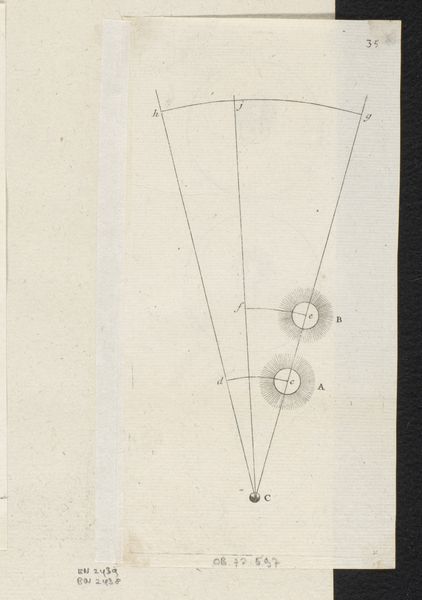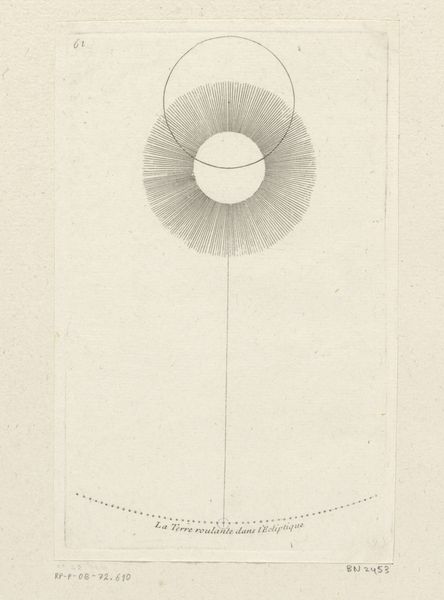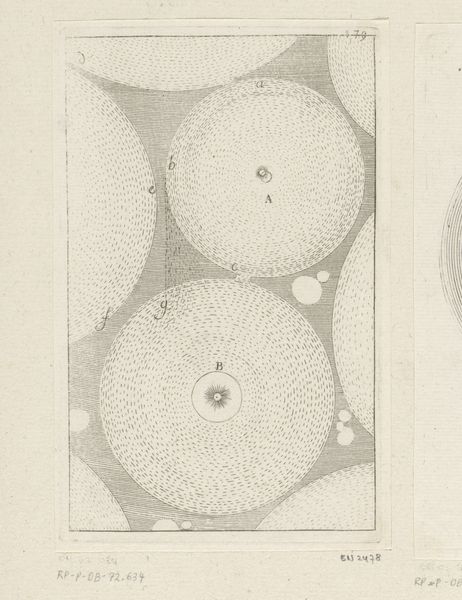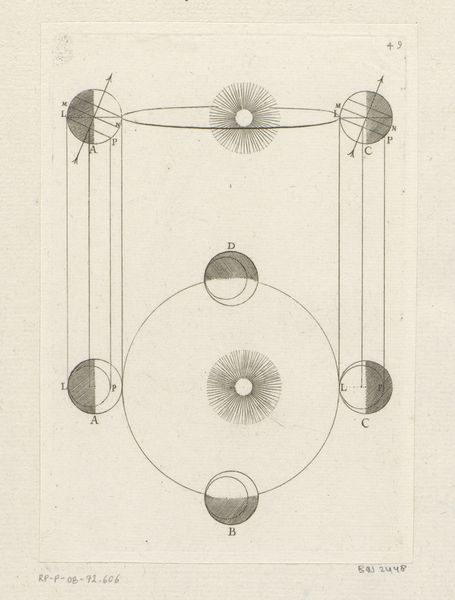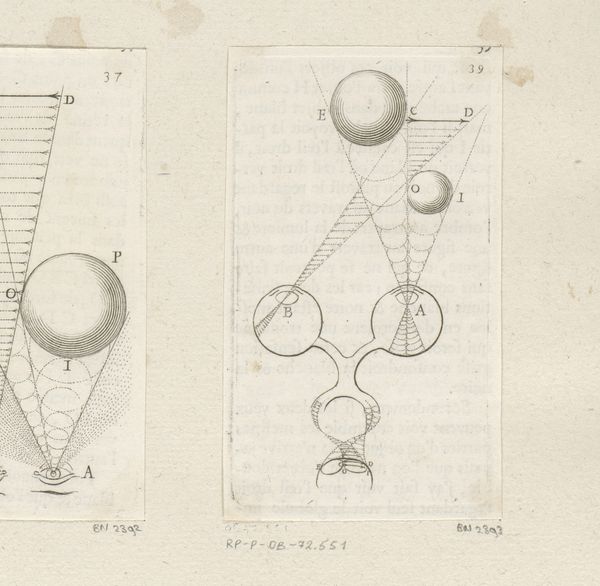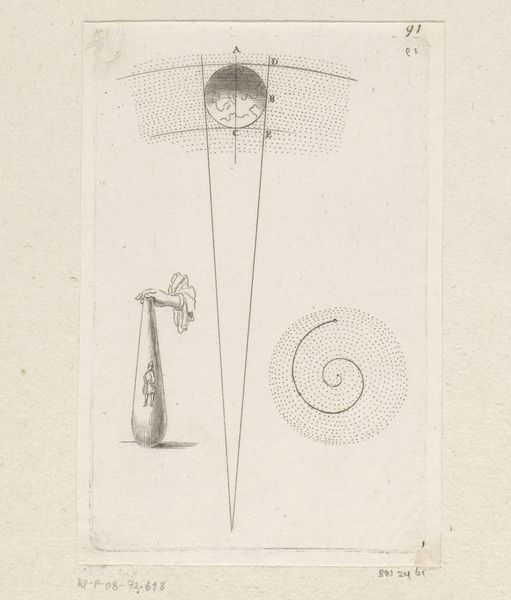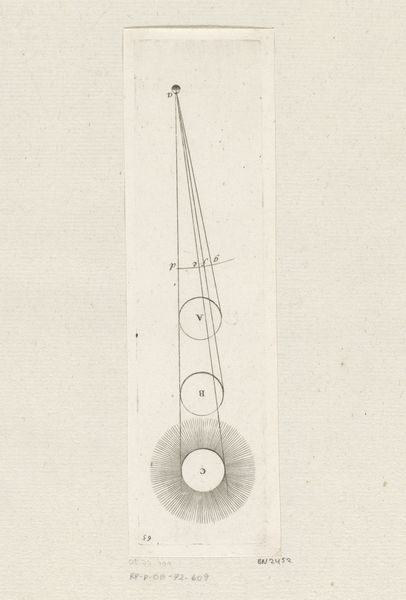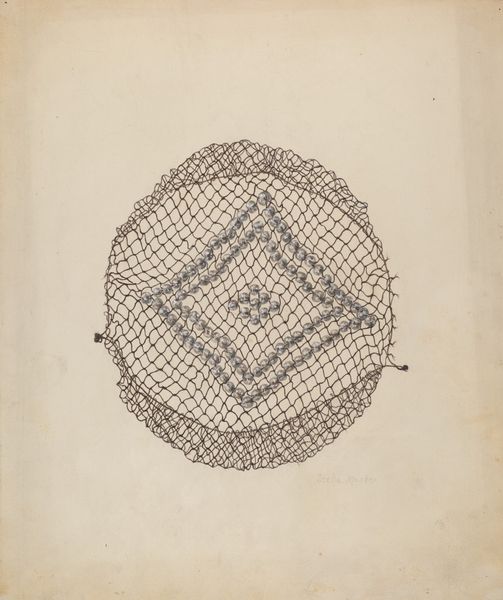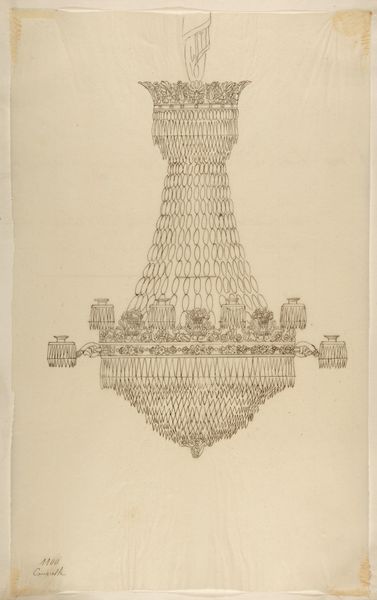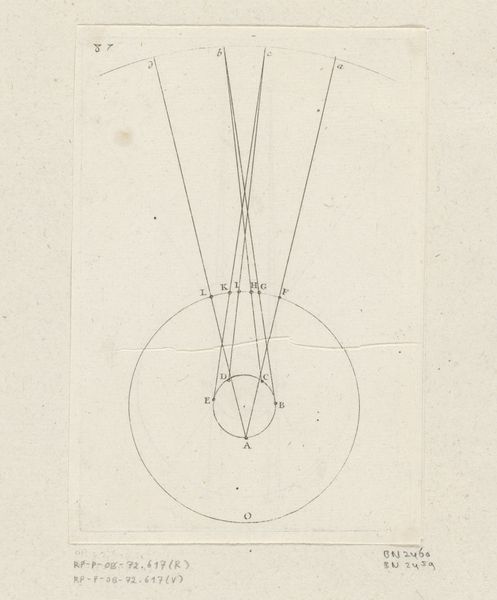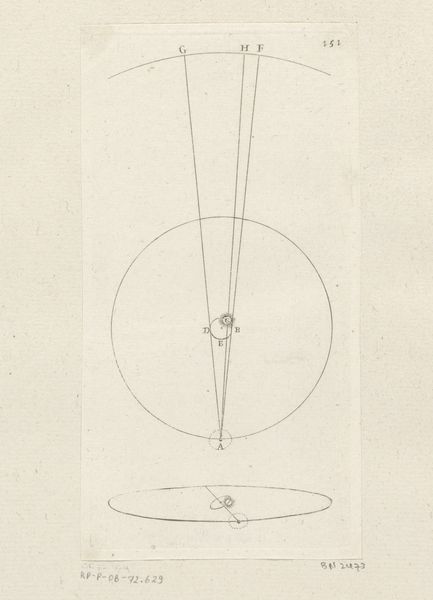
print, engraving
#
allegory
#
baroque
# print
#
landscape
#
geometric
#
line
#
engraving
Dimensions: height 145 mm, width 93 mm
Copyright: Rijks Museum: Open Domain
Curator: This engraving, "Column of Air between the Earth and Heavenly Matter," was created in 1706 by Sébastien Leclerc I. Its graphic depiction, rendered through meticulously placed lines on the printing plate, emphasizes the perceived structure of our world and the cosmos beyond. Editor: I see it almost as an early infographic! It's interesting to think about how Leclerc represented the relationship between Earth and the heavens. What do you see in this piece in terms of the materials used, its cultural context and the artist's making process? Curator: Well, this work isn't just about cosmological representation; it speaks volumes about the labour and value ascribed to printmaking in the 18th century. Leclerc, as an engraver, relies on readily accessible materials – copper plates, etching tools, ink, and paper. But the value lies in the meticulous work needed to create these elaborate engravings. How might the relative affordability of prints have shaped scientific or philosophical discussions at the time? Editor: That’s a great point! Because this image could be widely disseminated thanks to the printing process, its view of cosmology would have been more widely accessed, furthering public discourse. Curator: Precisely. The print medium also collapses boundaries between art, science, and craft. Leclerc wasn't just creating pretty pictures; he engaged in the scientific and philosophical discourse of his time. And what do you think this column of air and the organization of "heavenly matter" say about contemporary beliefs in Earth's relation with heaven? Editor: So the artist's skill and labour, combined with affordable material processes, facilitated the popularization of a certain worldview. It shows the connection between the means of making art and how it impacted society's views on Earth's structure. This changed my view entirely; it is less an isolated piece, and more evidence of contemporary consumption of these ideas. Curator: Indeed. It is not only about the aesthetic object itself, but about the entire system that brought it into being and into the world.
Comments
No comments
Be the first to comment and join the conversation on the ultimate creative platform.

